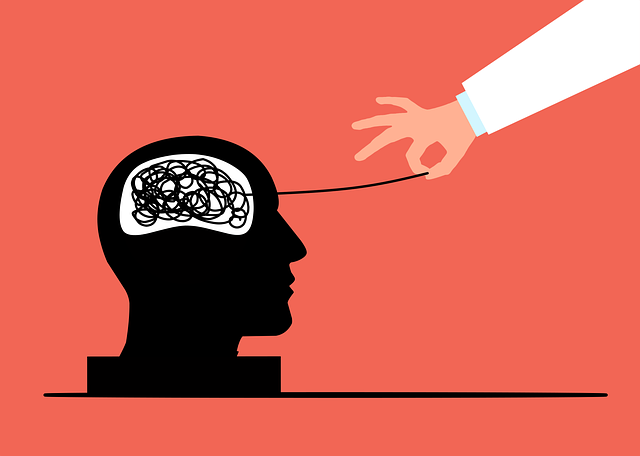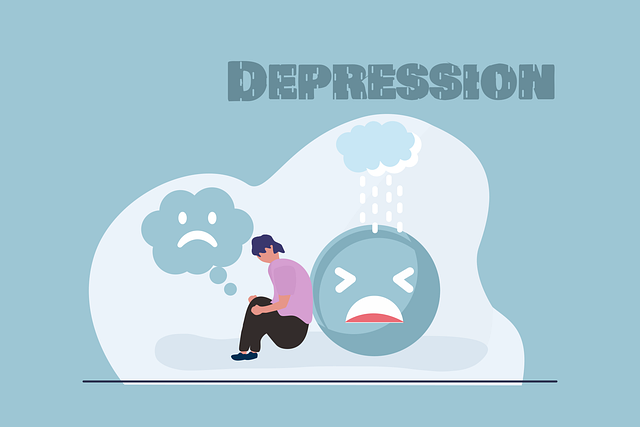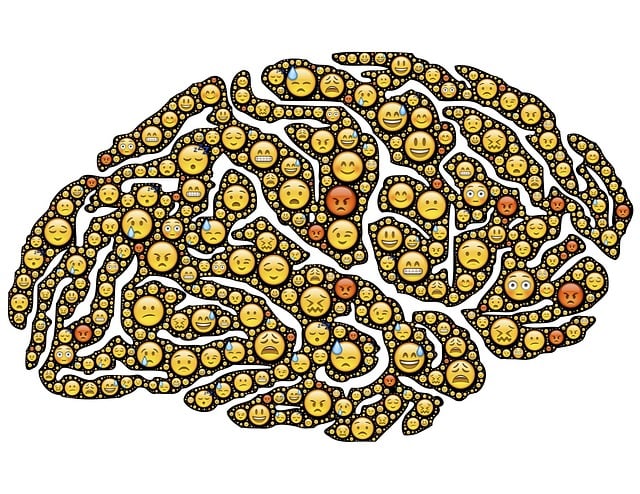Healthcare provider burnout, particularly among therapists-clinicians working with therapy for children, is a growing concern. Driven by factors like high workload and administrative tasks, burnout manifests as physical and mental exhaustion, cynicism, and emotional detachment. Prevention strategies emphasize self-care, boundary setting, mindfulness, supervision, peer support, and advocacy for better working conditions through mental health policy analysis. Professional development, support networks, and innovative therapeutic approaches, such as play therapy and compassion cultivation, are vital tools to combat burnout and enhance the well-being of both therapists-clinicians and the children they serve.
Healthcare provider burnout is a growing concern, impacting therapists’ and clinicians’ well-being and patient care. This article explores effective prevention strategies to combat this widespread issue. We delve into understanding burnout, its symptoms, and underlying causes specific to healthcare professionals. Additionally, we present practical approaches for therapists-clinicians to enhance self-care and resilience. The role of professional development and support networks is emphasised, along with innovative therapy techniques tailored for children experiencing burnout. By implementing these strategies, healthcare providers can improve their well-being and deliver optimal care.
- Understanding Burnout in Healthcare Providers: Symptoms and Causes
- Strategies for Therapists-Clinicians to Foster Self-Care and Resilience
- The Role of Professional Development and Support Networks
- Innovative Therapy Approaches for Children Experiencing Burnout
Understanding Burnout in Healthcare Providers: Symptoms and Causes

Healthcare provider burnout is a growing concern within the industry, impacting both physical and mental well-being. It manifests as a state of emotional exhaustion, depersonalization, and reduced personal accomplishment, often leading to decreased job satisfaction and potential patient care disparities. The demands of healthcare work, including prolonged exposure to stress, high workload, and complex decision-making, contribute significantly to burnout.
Symptoms can range from physical exhaustion and insomnia to emotional detachment and cynicism towards patients. Certain factors exacerbate these issues, such as lack of control over work environment, excessive administrative tasks, and insufficient resources. Understanding the intricate web of causes is crucial for implementing effective burnout prevention strategies, including self-awareness exercises, promoting work-life balance, and advocating for mental health policy analysis to ensure therapists, clinicians, and healthcare providers across specialisms receive adequate support.
Strategies for Therapists-Clinicians to Foster Self-Care and Resilience

In the fast-paced world of therapy for children, therapists-clinicians often find themselves on the frontlines, providing invaluable support to young minds. To effectively combat burnout and maintain resilience, these professionals must prioritize self-care. Strategies such as setting clear boundaries between work and personal life, engaging in regular physical activity, and practicing mindfulness techniques like meditation can significantly enhance their overall well-being. Additionally, seeking supervision or joining peer support groups offers a safe space to process complex cases and share experiences, fostering a sense of community and reducing isolation.
Beyond individual practices, therapists-clinicians can leverage mental health policy analysis and advocacy to create systemic changes that promote better working conditions. Engaging in social skills training and professional development opportunities enables them to stay updated with evidence-based practices, improving service delivery and preventing burnout. By combining personal self-care initiatives with collective efforts in depression prevention and policy reform, therapists-clinicians can build resilience, ensure long-term career satisfaction, and ultimately provide more effective therapy for children in need.
The Role of Professional Development and Support Networks

Professional development plays a pivotal role in burnout prevention strategies for healthcare providers, particularly therapists and clinicians who work with children. Regular training sessions and workshops equip professionals with updated skills and techniques to manage challenging situations, thereby enhancing their ability to provide effective therapy. This continuous learning fosters resilience and adaptability, crucial elements in preventing emotional exhaustion.
Support networks are equally vital. Peer-to-peer mentorship programs and online communities offer therapists a safe space to share experiences, seek advice, and connect with colleagues who understand the unique pressures of their profession. These connections can mitigate feelings of isolation, enhance job satisfaction, and contribute significantly to burnout prevention. Furthermore, fostering an environment that encourages open discussions about mental health, including efforts to reduce the stigma surrounding therapy for both children and therapists, is instrumental in maintaining a healthy work-life balance.
Innovative Therapy Approaches for Children Experiencing Burnout

Children experiencing burnout from demanding therapy schedules or high-stress environments can greatly benefit from innovative therapy approaches tailored to their age and developmental stage. Play therapy, for instance, offers a creative outlet for young clients to process emotions and express themselves without the need for verbal communication. This non-verbal form of therapy allows children to engage in activities that foster self-awareness exercises, encouraging them to recognize and manage their feelings effectively.
Additionally, incorporating compassion cultivation practices into therapy sessions can be transformative. By teaching young patients to cultivate positive thinking and empathy towards themselves and others, therapists-clinicians create a safe space where children learn to regulate emotions and build resilience. These strategies not only address the symptoms of burnout but also empower children with lifelong coping skills, ensuring they approach future challenges with greater equanimity and emotional intelligence.
Burnout among healthcare providers is a growing concern, but through implementing tailored strategies, we can mitigate its impact. By prioritizing self-care and resilience among therapists and clinicians, fostering professional development, and exploring innovative therapy approaches like those designed specifically for children experiencing burnout, we contribute to a healthier, more sustainable healthcare ecosystem. These comprehensive measures not only benefit individual practitioners but also enhance patient care and the overall well-being of communities they serve.














